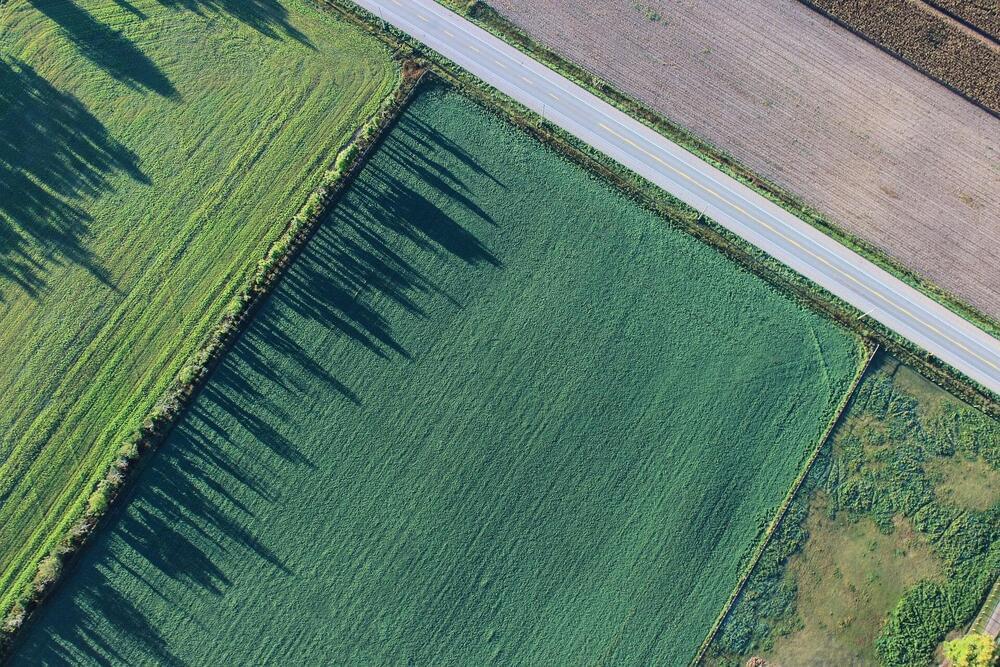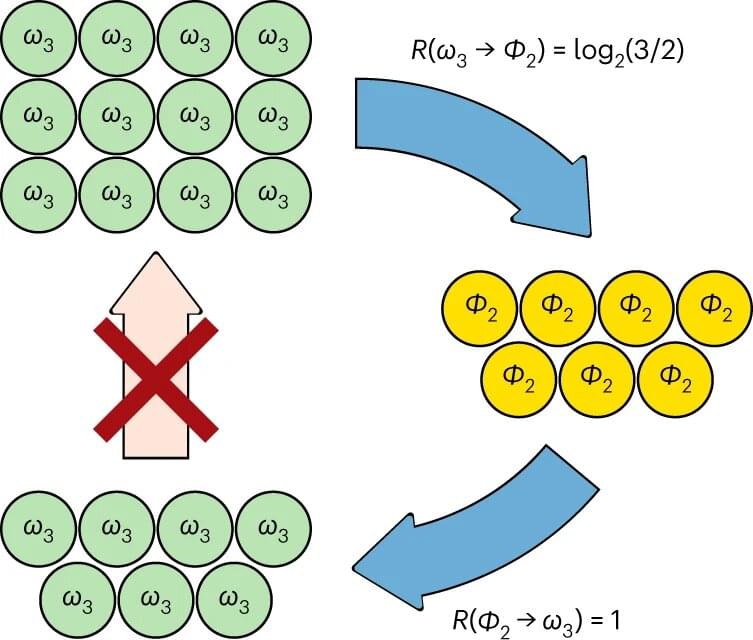Phone and electric car batteries are made with cobalt mined in the Democratic Republic of Congo. Cobalt Red author Siddharth Kara describes the conditions for workers as a “horror show.”


I used an AI voice changer (AI voice generator) to make money on Fiverr using voiceover services and a Morgan Freeman voice and deepfake.
I’ll be using voice.ai and Adobe AI Audio enhancing software, Adobe Podcast.

A study published by The Planetary Science Journal in 2020 suggests that Psyche is made almost entirely of iron and nickel. This metallic composition sets it apart from other asteroids that are usually comprised of rock or ice, and could suggest it was originally part of a planetary core. That would not only represent a momentous discovery, it’s key to Psyche’s potential astronomical value: NASA scientist Lindy Elkins-Tanton calculated that the iron in the asteroid alone could be worth as much as $10 quintillion, which is $10,000,000,000,000,000,000 (yes, a 20-figure sum). For context, the entire global economy is worth roughly $110 trillion as of writing. However, more recent research out of the University of Arizona suggests that the asteroid might not be as metallic or dense as once thought. Psyche could actually be closer to a rubble pile, rather than an exposed planetary core, the research claims. If true, this would devalue the asteroid. NASA’s upcoming mission should settle the debate about Pysche’s composition for once and all.
Of course, Psyche isn’t the only valuable rock in space. NASA has previously said the belt of asteroids between Mars and Jupiter holds mineral wealth equivalent to about $100 billion for every individual on Earth. Mining the precious metals within each asteroid and successfully getting them back down to earth is the hard part. Then you have the whole supply and demand conundrum that could drive the price of specific metals up or down. We’ll leave the complexities of space mining for another day.
If Psyche is, in fact, the leftover core of a planet that never properly formed, it could reveal secrets about Earth’s own core. The interior of terrestrial planets is normally hidden beneath the mantle and crust, but Psyche has no such outer layers. The asteroid’s mantle and crust were likely stripped away by multiple violent collisions during our solar system’s early formation. By examining Psyche, we can further understand how Earth’s core came to be. The mission could also provide insights into the formation of our solar system and the planetary systems around other stars.

The DEIMOS laser weapon is seen here in illustration, capable in the near future of knocking a drone, ordinance, aircraft and even missiles out of the sky.
It is the economics of laser weapon systems that makes this type of ordinance so attractive. At the moment various vendors like Lockheed Martin, and Raytheon are building 50 Kilowatt laser weapons. But there is no determining limit on the strength. The U.S. Department of Defense estimates a 100 Kilowatt laser could easily handle a drone, a small boat, a shell fired by artillery, and even a mortar. For a cruise missile, the estimate is a 300 Kilowatt laser, and for a ballistic missile or hypersonic weapon, a 1 Megawatt laser. Lockheed Martin is already testing a 300 Kilowatt version of DEIMOS.
The US Navy is looking at 100 Kilowatt versions of DEIMOS for its ships and looks like it will replace arming vessels with rail gun technology which now appears to be considered obsolete. Rail guns were high-speed ordinance systems designed to knock down incoming cruise missiles but when costs are compared the laser has the technology beat.
Lockheed Martin’s version performs in any atmospheric condition. Combined with target tracking radar the laser can be pointed at a target with precision even when travelling at hypersonic speeds.

Greater diversification could help agriculture withstand climate, economic and geopolitical crises.
“Items in this section have limited availability due to supplier production issues,” “Sorry, temporarily out of stock” and “Sold out” are all signs that became familiar as recent global upheavals exposed how precarious our food supply is.
The COVID-19 pandemic led to bare shelves in supermarkets as shipping routes were cut off. The war in Ukraine has affected the supply of essential grains.

The second law of thermodynamics is often considered to be one of only a few physical laws that is absolutely and unquestionably true. The law states that the amount of ‘entropy’—a physical property—of any closed system can never decrease. It adds an ‘arrow of time’ to everyday occurrences, determining which processes are reversible and which are not. It explains why an ice cube placed on a hot stove will always melt, and why compressed gas will always fly out of its container (and never back in) when a valve is opened to the atmosphere.
Only states of equal entropy and energy can be reversibly converted from one to the other. This reversibility condition led to the discovery of thermodynamic processes such as the (idealized) Carnot cycle, which poses an upper limit to how efficiently one can convert heat into work, or the other way around, by cycling a closed system through different temperatures and pressures. Our understanding of this process underpinned the rapid economic development during the Western Industrial Revolution.
The beauty of the second law of thermodynamics is its applicability to any macroscopic system, regardless of the microscopic details. In quantum systems, one of these details may be entanglement: a quantum connection that makes separated components of the system share properties. Intriguingly, quantum entanglement shares many profound similarities with thermodynamics, even though quantum systems are mostly studied in the microscopic regime.

Health care integration has long been touted as a panacea for reining in health care costs and boosting quality of care.
But integrated health systems appear to be failing on both fronts, according to the results of a new nationwide study led by researchers at Harvard and the National Bureau of Economic Research (NBER).
Instead, the analysis finds marginally better care at significantly higher costs for patients seen in health systems, compared to those at independent practices or hospitals.

Tech giants from Google to Amazon and Alibaba —not to mention nation-states vying for technological supremacy—are racing to dominate this space. The global quantum-computing industry is projected to grow from $412 million in 2020 to $8.6 billion in 2027, according to an International Data Corp. analysis.
Whereas traditional computers rely on binary “bits”—switches either on or off, denoted as 1s and 0s—to process information, the “qubits” that underpin quantum computing are tiny subatomic particles that can exist in some percentage of both states simultaneously, rather like a coin spinning in midair. This leap from dual to multivariate processing exponentially boosts computing power. Complex problems that currently take the most powerful supercomputer several years could potentially be solved in seconds. Future quantum computers could open hitherto unfathomable frontiers in mathematics and science, helping to solve existential challenges like climate change and food security. A flurry of recent breakthroughs and government investment means we now sit on the cusp of a quantum revolution. “I believe we will do more in the next five years in quantum innovation than we did in the last 30,” says Gambetta.
But any disrupter comes with risks, and quantum has become a national-security migraine. Its problem-solving capacity will soon render all existing cryptography obsolete, jeopardizing communications, financial transactions, and even military defenses. “People describe quantum as a new space race,” says Dan O’Shea, operations manager for Inside Quantum Technology, an industry publication. In October, U.S. President Joe Biden toured IBM’s quantum data center in Poughkeepsie, N.Y., calling quantum “vital to our economy and equally important to our national security.” In this new era of great-power competition, China and the U.S. are particularly hell-bent on conquering the technology lest they lose vital ground. “This technology is going to be the next industrial revolution,” says Tony Uttley, president and COO for Quantinuum, a Colorado-based firm that offers commercial quantum applications. “It’s like the beginning of the internet, or the beginning of classical computing.”
We could be living in the most important century in history. Here’s how Artificial Intelligence might uphold a historical trend of super-exponential economic growth, ushering us into a period of sudden transformation, ending in a stable galaxy-scale civilization or doom. All within the next few decades.
This video is based on Holden Karnofsky’s “most important century” blog post series: https://www.cold-takes.com/most-important-century/
Below, you can find additional sources and further readings.
▀▀▀▀▀▀▀▀▀PATREON, MEMBERSHIP, KO-FI▀▀▀▀▀▀▀▀▀▀▀▀▀▀▀▀▀
🟠 Patreon: https://www.patreon.com/rationalanimations.
🔵 Become a member of the channel: https://www.youtube.com/channel/UCgqt1RE0k0MIr0LoyJRy2lg/join.